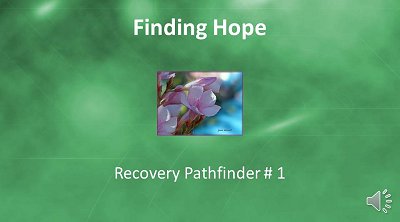As parents, you need to be aware of child grooming and trafficking. You want protect your children. But you might not know everything that is going on in their lives. This blog is meant to end child grooming and exploitation through prevention education and awareness. Child grooming is something that can’t be ignored.
Would you Know if Your Child is Being Groomed?
A “groomer” for trafficking rings finds ways to get a child to trust them. The groomers, or people who work with them, try to break the child and parent bond. In today’s world, with the internet, apps, and constant communication with others, families are at risk. It is important to talk about this, even though it is a topic no one likes to discuss.
What is Grooming?
According to ex-FBI agent Ken Lanning, the term “grooming” originated in the 1980s during a series of investigations into sex crimes against children in the US.
He uncovered patterns of behavior and specific techniques used by predators to gain access to and the compliance of victims. Grooming techniques used by sexual predators who were not strangers but known to their victims. They work hard to gain trust and respect from children and families.
Most children know their groomer, which is why it can make the grooming process easier. Sometimes, strangers kidnap children for trafficking, but it is not as common.
Signs that children and teenagers are being groomed:
Many of the signs of grooming can look like normal peer-to-peer or adult‐child relationships, which is why grooming is difficult to spot. If something doesn’t feel right, it’s important to trust your instincts, watch for signs, and monitor your child’s behavior. Be aware of the potential for child grooming and trafficking in your community.
The following signs might indicate that your child is being groomed.
- Talks a lot about a particular adult or older teen.
- Wants to spend a lot of time with a new person in their circle of friends and won’t let you meet them.
- Start a relationship with an older person.
- Skipping school or sporting activities.
- Suddenly spending less time with current friends or changing friendship groups.
- Spends more time alone in their room.
- Closes down their computer, or apps when you enter the room.
- Unexplained gifts like clothes, jewelry or electronics and doesn’t want to talk about where the gifts came from
- Does not want to talk about what they’ve been doing or lies about it.
- Stops telling you about their day or asking for your advice.
What to do if you think a child is being groomed:
Grooming isn’t always obvious. It’s important to trust your instincts if something doesn’t feel right. It’s a good idea to keep your child away from the person you’re concerned about until you find out more.
It’s also important to:
- Watch out for signs that you or your child is being groomed.
- Stop the person from being alone with you or your child.
- Avoid letting the person do favors for your family.
- Ask other families who know the person if they have ever felt uncomfortable or seen them do inappropriate things around children.
- Find out how your child feels about the person by asking questions like ‘Do you like how “_______” acts around you?’ or ‘_______’ likes a lot of your Instagram posts. Does he follow you on any other social media or try to message you?
- Make sure you know your child’s friends and parents. This will help you know when a new person entering your child’s circle could pose a threat.
- If you’re concerned about an adult getting too close to your child, tell them you are watching them and do not hesitate to contact the police.
Learn more about prevention and resources at: www.pearlatthemailbox.org
About the author: Sheri Lopez was groomed at the age of fifteen over three months before being trafficked (sold for sex) for seven years. At age 21, she was rescued by a woman named Pearl at the apartment mailbox where she was being held. It took over twenty years for her to grasp what happened to her and another five years before she was able to speak out about this.
She is the founder of the nonprofit organization, Pearl at the Mailbox, and is a motivational speaker, author, and an advocate for survivors. She also works on legislation in Arizona, where she resides, and at the federal level to protect children and survivors.
Blog Post #33 was added 1-9-25. Written by Guest Contributor Sheri Lopez . She can be contacted at www.pearlatthemailbox.org






